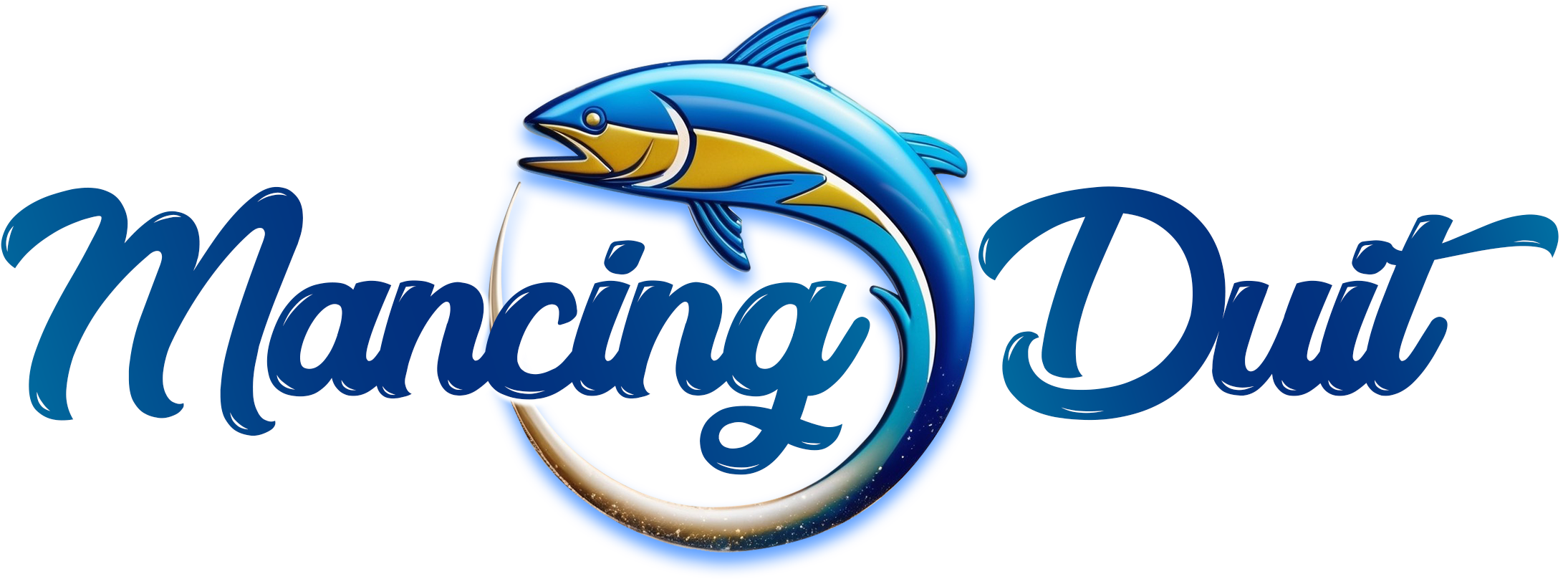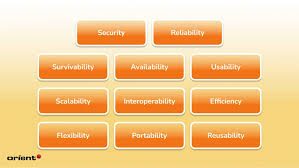Paperless Faxing: The Ultimate Guide to Faxing Software in a Digital Age
As the workforce becomes increasingly mobile and distributed, the necessity for an efficient and secure method of sending and receiving documents has never been greater. Paperless faxing offers exactly that, blending the reliability of traditional fax with the convenience of modern technology.
Comparing Traditional Fax to Modern Fax Software Solutions

Alt text: An old fax machine beside a computer with faxing software
While traditional faxing has been a mainstay for decades, it’s becoming increasingly clear that it’s not equipped to meet the demands of modern business. On the other hand, fax software solutions offer a plethora of features that can elevate the humble fax to a powerful communication tool.
Traditional fax machines require physical maintenance, toner replacement, and often suffer from paper jams and busy signals. Modern fax software, however, eliminates the majority of this friction, offering a streamlined, user-friendly interface without the physical limitations of hardware.
Traditional fax machines involve ongoing expenses, including paper, toner, and machine maintenance, and the initial investment in the equipment itself. Fax software typically operates on a subscription model, reducing the total cost of ownership and providing predictable budgeting for businesses.
Speed and efficiency also improve dramatically with digital solutions. Sending a fax can be as simple as sending an email when using faxing software like InterFAX. This immediacy and simplicity are integral in business practices where every second count, further underlining the advantages of modern online fax services over outdated practices.
Features to Look for in Reliable Faxing Software

Alt text: A person using faxing software on his computer
When choosing faxing software for your business, critical features should not be overlooked. One such feature is ease of integration with existing systems. The best faxing solutions should seamlessly fit into your current workflow, integrating with email, cloud storage, and other productivity tools to create a cohesive user experience.
Reliability is another key facet. A good fax service should boast high uptime and consistent delivery so that businesses can depend on it at all hours. This trustworthiness is essential when faxing constitutes a vital part of operations, especially during peak business periods or when transmitting time-sensitive documents.
Security features are paramount considering the sensitivity of faxed documents. Look for services offering end-to-end encryption, secure archives, and compliance with regulations such as HIPAA or GDPR. Protecting confidential information is a must-have in any faxing solution, and choosing a provider that takes this seriously is crucial.
Lastly, consider the scalability of the software. As your business grows, your faxing needs will evolve. A software that can scale according to your demands, with different plan options and the ability to accommodate an increasing volume of faxes, can be a strategic asset for expanding businesses.
Implementing Fax Software: A Step-by-Step Guide for Businesses
To begin the transition to paperless faxing, businesses need to lay down a solid foundation. Start by assessing your current fax usage and understanding how a paperless system can fit into your processes. This evaluation will guide the type and scale of the software you’ll need.
Next, involve your IT department or service provider to ensure infrastructure compatibility and address any potential technical issues beforehand. Their expertise will help smooth the integration of faxing software with existing IT systems, minimizing disruptions to daily operations.
Ensure your provider offers comprehensive training resources and responsive support. Employees need to feel confident using the new system.
Finally, regularly review and optimize the use of your faxing software. Regular feedback from users and analysis of faxing patterns can yield insights that lead to further efficiency gains.
Navigating Legalities and Security in Digital Faxing
Adopting digital faxing also necessitates navigating legalities and maintaining robust security protocols. A prime consideration is the legality of digital signatures, as many faxed documents require official authorization. Understanding the legal frameworks that recognize electronic signatures is essential for ensuring your faxed documents are legally binding.
Security in digital faxing is of the utmost importance due to the potential sensitivity of transmitted data. When selecting faxing software, scrutinizing the security measures in place is not just advisable—it is imperative. This includes looking at the encryption standards, access protections, and how faxes are stored within the software’s ecosystem.
Moreover, developing internal policies on fax usage, such as guidelines on what information can be faxed and establishing audit trails, will further enhance security and accountability. This approach can help deter misuse and foster a culture of security awareness within an organization.
Overall, the transition to paperless faxing represents a significant advance in the efficiency, security, and sustainability of business communications. With careful selection and implementation, faxing software can become a cornerstone in your organizational workflows, fully harnessing the potential of digital technology to streamline document sharing in a secure and legally sound manner.



